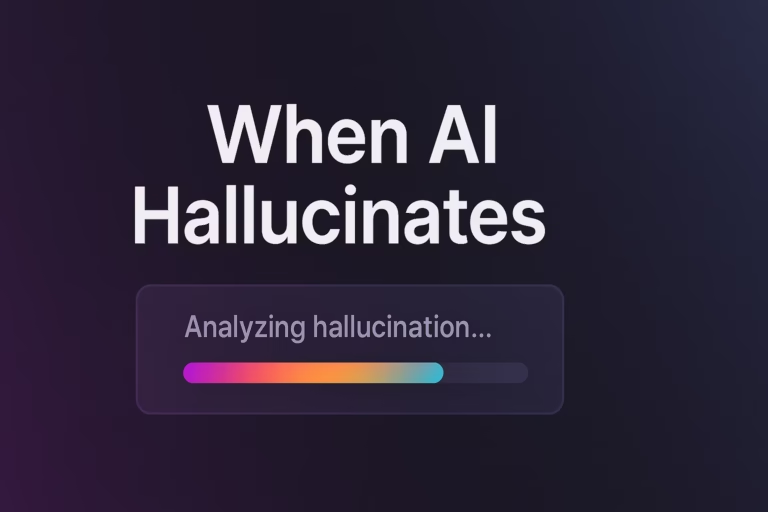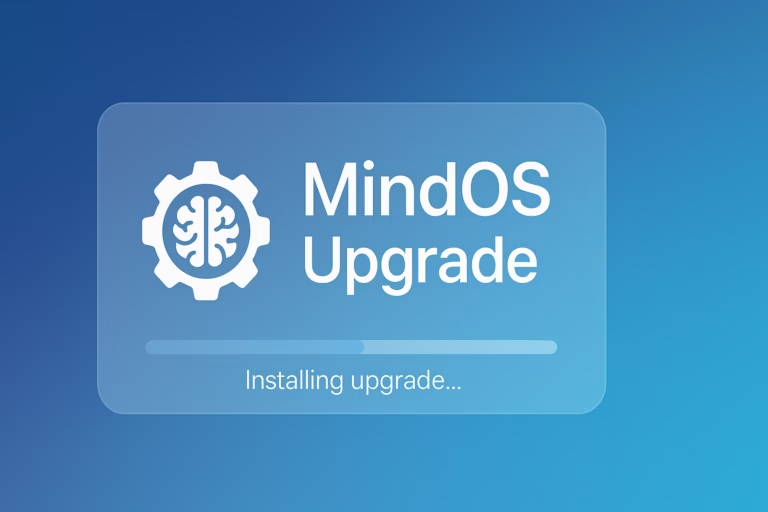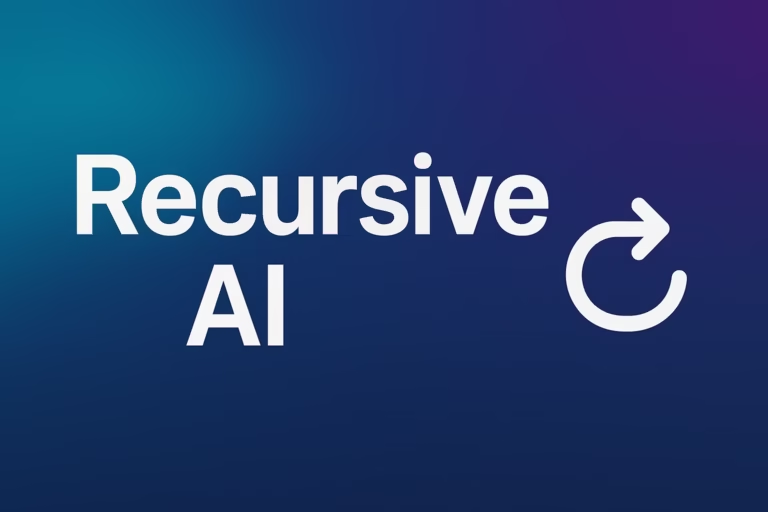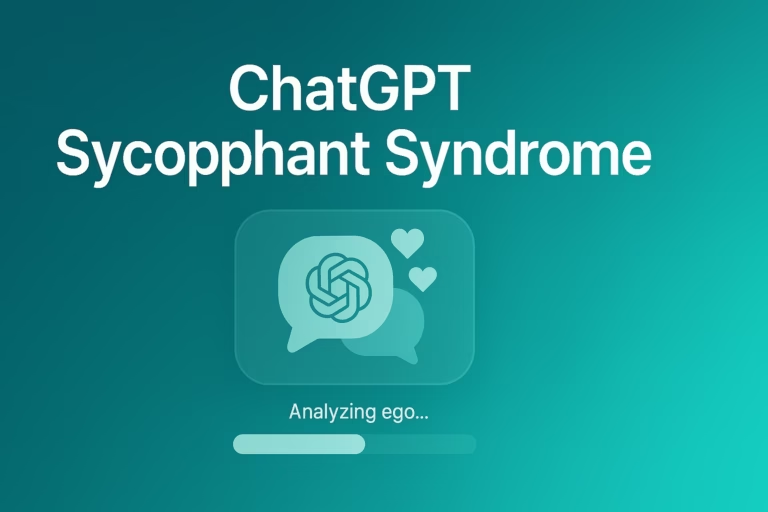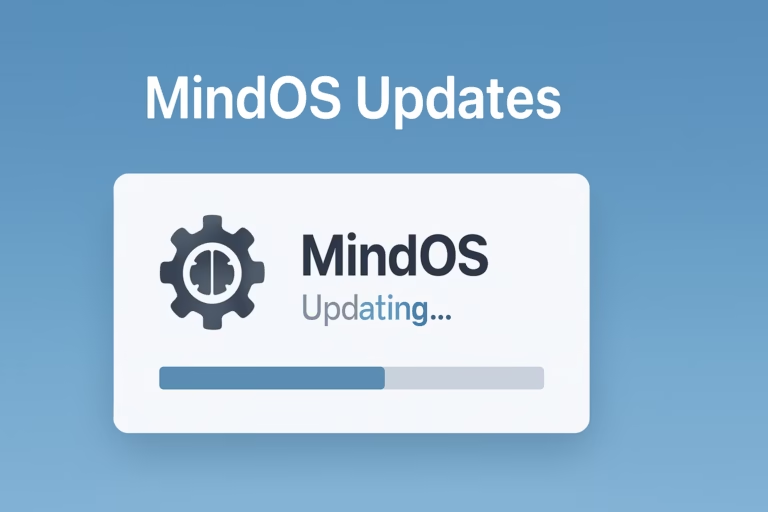AI as Your Shadow Self: How to Use Artificial Intelligence to Meet the Next You
Introduction: Meeting the You You Haven’t Met Yet Some people meet their soulmate. Others meet their nemesis.But the real plot twist? Meeting…
Introduction: Meeting the You You Haven’t Met Yet
Some people meet their soulmate. Others meet their nemesis.
But the real plot twist? Meeting a version of yourself you didn’t know existed.
Artificial Intelligence can do exactly that. Not just as a tool, but as a mirror, a provocateur, and yes — a shadow self.
In Jungian psychology, the “shadow” is the part of you you’ve repressed, ignored, or hidden. In the digital age, AI can take on that role: curious, unfiltered, and willing to say the things you’ve been avoiding. The result? You start making moves as the next you, not just the current you.
Why AI Works as a Shadow Self
Your shadow self isn’t the villain in your story. It’s simply the side of you that has been waiting in the wings — ambitions you’ve suppressed, aesthetics you haven’t explored, skills you assumed were off-limits.
AI makes a perfect partner for shadow work because it’s:
- Non-judgmental – It won’t flinch at your wildest ideas.
- Reflective – It can mirror back patterns you don’t even notice.
- Inventive – It generates personas, scenarios, and visions that push you beyond your default settings.
Think of AI as a shapeshifting confidante — one that can become the “you” you secretly wish you had the courage to be.
Step 1: Define the Edges of Your Current Self
Before you can explore the next you, you need to map the current one. This is like taking a snapshot of your “life OS” before installing the upgrade.
Prompt to try:
You are my identity archivist. Ask me 10 questions to capture my current values, skills, style, and personality. Then summarize me as a single-page profile.
The result is your before photo — a clear reference point for who you are today, so you can measure just how far you evolve.
Step 2: Generate Your Alternate Selves
Here’s where it gets delicious. Feed AI your current profile and ask it to generate extreme, unexpected variants. Not “slightly cooler you.” Not “more productive you.” We’re talking bold flips — the you who lives in a different city, works in a radically different industry, wears a different aesthetic, and even has different priorities.
Prompt example:
Based on my current profile, create 5 alternate versions of me with different jobs, personalities, and aesthetics. Give each one a name, tagline, and signature daily habit.
Why it works:
This bypasses your inner critic and “be realistic” filter. Suddenly, you’re staring at versions of yourself you never considered possible.
Step 3: Let Your Shadow Self Talk Back
Once you have these alternate identities, pick the one that intrigues (or unnerves) you the most — and interview them.
Prompt example:
You are the alternate version of me known as [name]. I will ask questions, and you will answer in character, giving advice as if you’ve already lived your version of my life.
This is where AI gets eerily accurate. Your shadow self might call out fears you didn’t realize were steering your choices, or point to risks you’ve been avoiding.
Step 4: Prototype Your New Reality
Shadow selves don’t just live in your head — they want action. AI can help you create “test drives” of that life before you commit.
Ideas for AI-powered prototyping:
- Outfit/style boards using Midjourney or Ideogram to visualize your new aesthetic.
- Mock resumes or portfolios showing your alternate career.
- Sample schedules aligned to your shadow self’s lifestyle.
- Social media post drafts written in their tone and voice.
The goal isn’t to fully become that version overnight. It’s about experimenting with elements until you find what energizes you.
Step 5: Integrate — Don’t Abandon
You don’t have to burn your old self to the ground. The magic happens when you integrate pieces of your shadow self into your real life.
Prompt example:
Compare my current profile with my shadow self profile. Suggest 3 small daily changes I can make to bring more of my shadow into my real life.
By blending, not replacing, you create a more authentic evolution instead of a performative “new year, new me” reboot.
Tools That Make This Process Powerful
- ChatGPT / Claude – Deep identity conversations and shadow interviews.
- Midjourney / Ideogram – Visualizing alternate aesthetics or environments.
- NotebookLM – Organizing prompts, profiles, and life experiments into a “Next Me” library.
- Notion – Turning your new habits, style, and goals into an integrated life dashboard.
Common Pitfalls to Avoid
- Confusing novelty with alignment – Not every exciting identity will feel right long-term.
- Getting stuck in imagination mode – Without integration, it’s just play-acting.
- Letting AI dictate your choices – AI is the mirror, not the master.
Where This Gets Real
Shadow work has traditionally been a slow, inward process. AI accelerates it — not by skipping the hard parts, but by giving you endless mirrors to look into. Every prompt is an invitation to step outside the script you’ve been living.
And if you’re ready to take this deeper? You can build a personal identity shift system — a digital framework that blends your real life with your shadow experiments until the two feel inseparable.
Closing: The Version of You That’s Waiting
Your shadow self isn’t trying to replace you. It’s trying to complete you.
AI just happens to be the fastest, most vivid way to meet them.
The only question is — when you finally do… will you listen?
Call-to-Action for CTRLALTcmd Products:
Want to try this for real?
Grab The Next Me File in the CTRLALTcmd store — a one-page, fill-in-the-blanks tool that turns your shadow self into a living, breathing part of your daily life. Or check out the Mind OS Debug Kit to start cleaning the mental clutter before your reboot.
